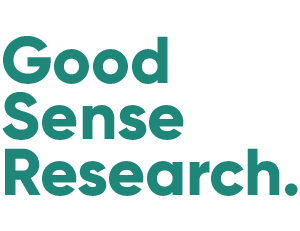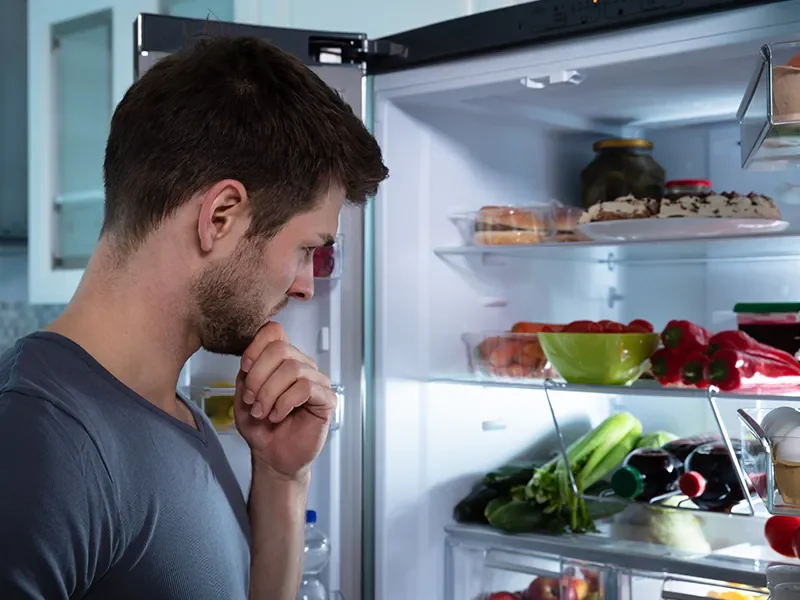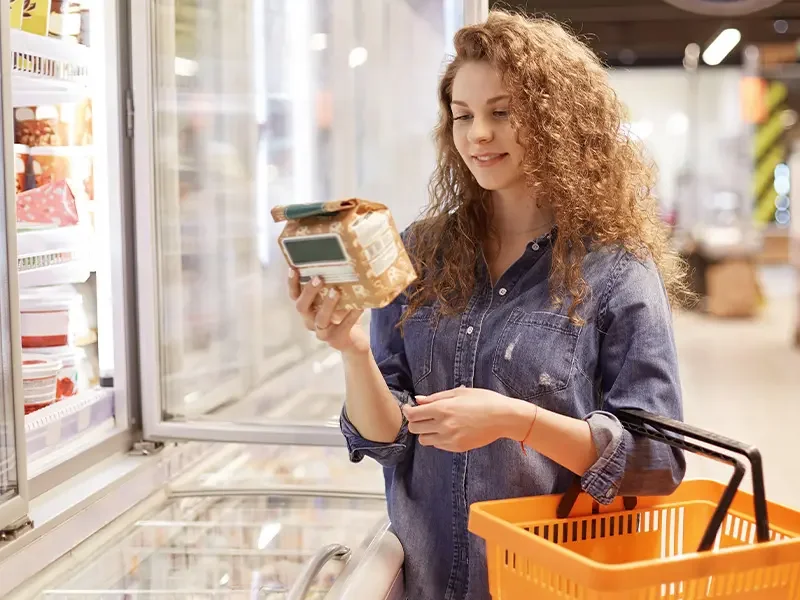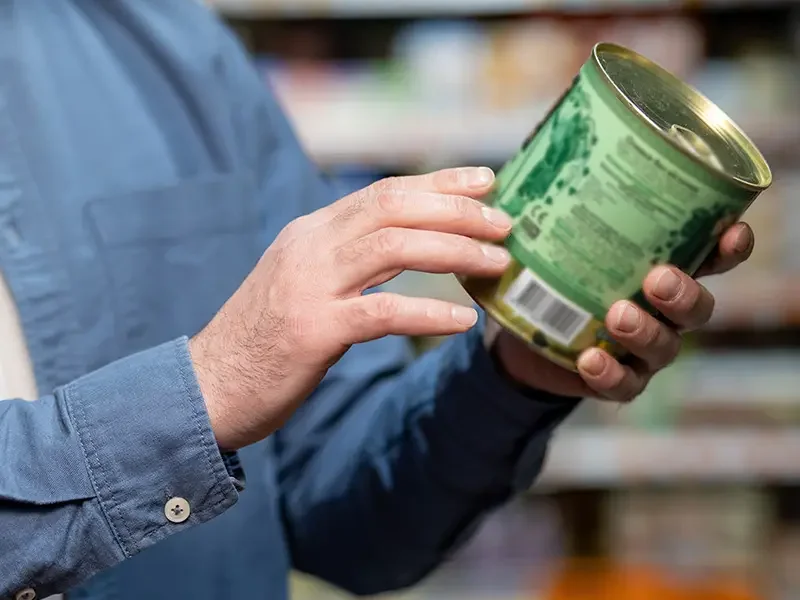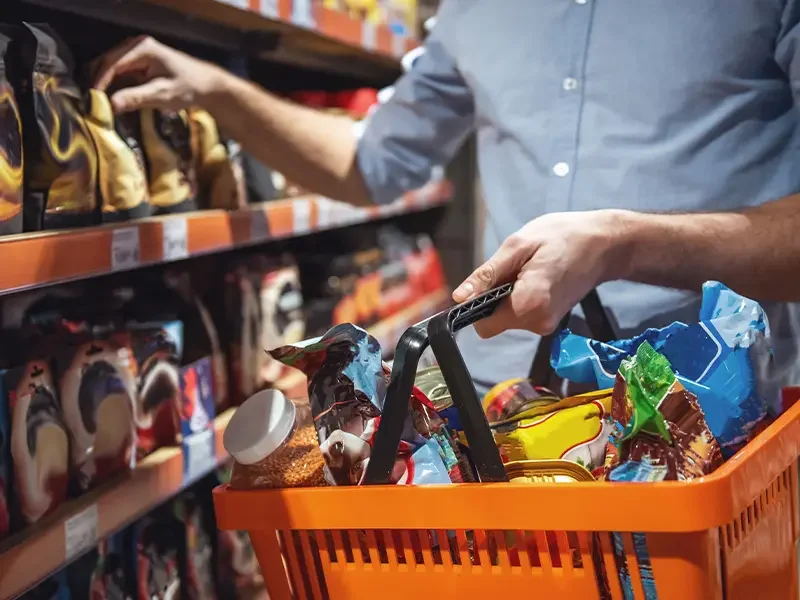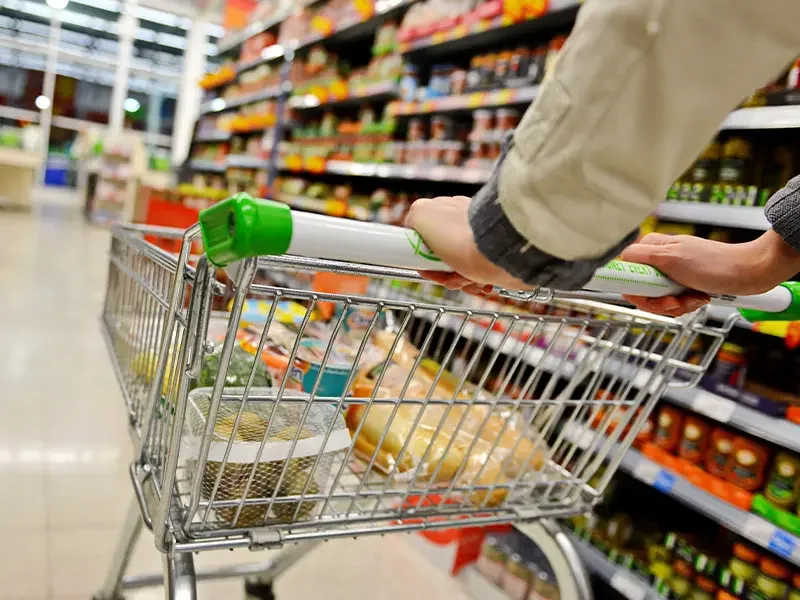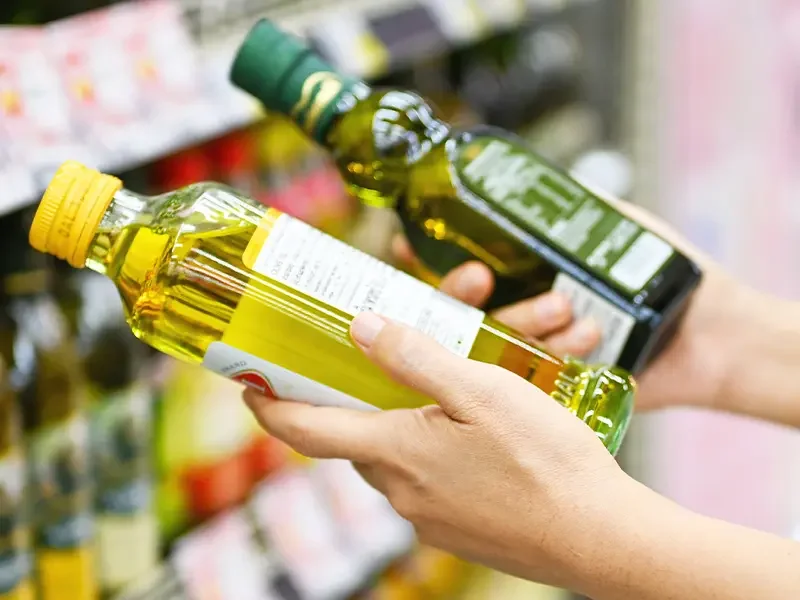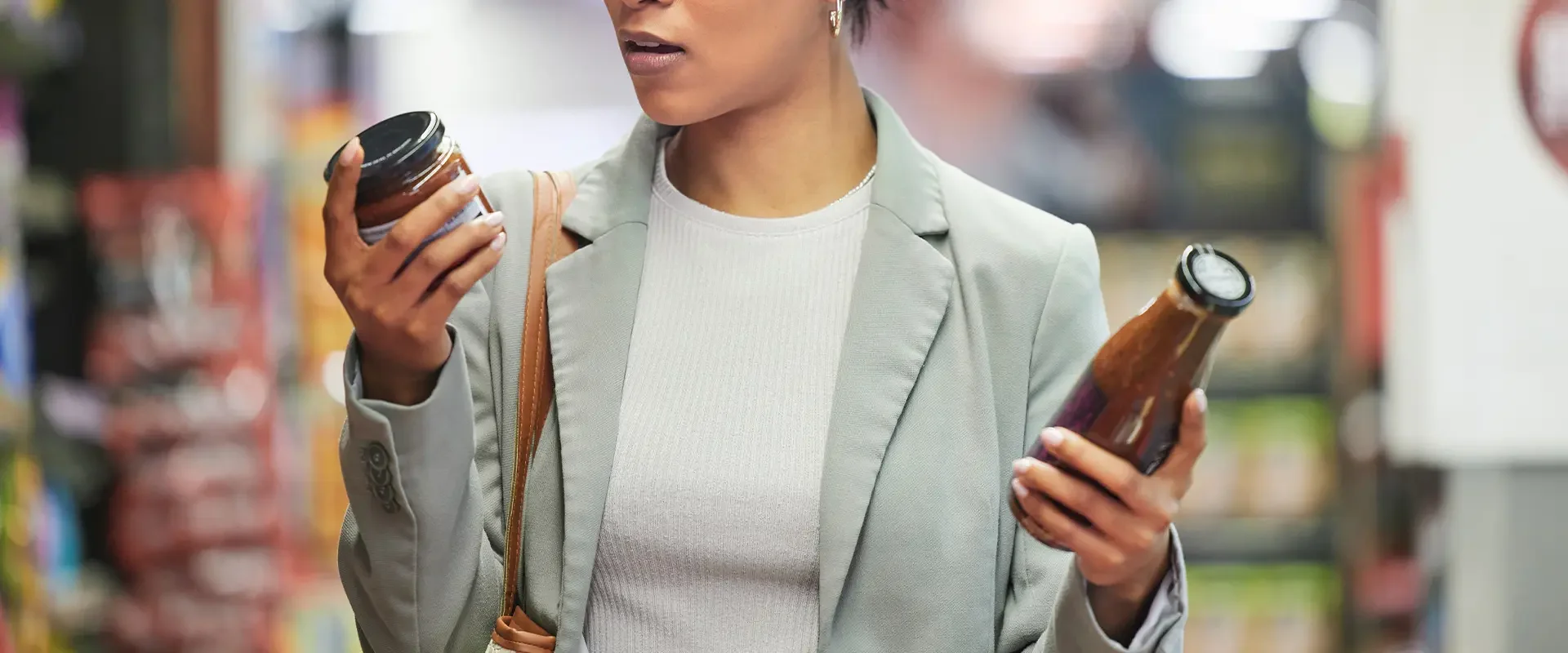
Shopper Behaviour & Decision-Making Research: Turning Insight into Action
Why brands choose Good Sense Research
Every purchase decision tells a story. It’s influenced by emotion, habit, social proof, price sensitivity, visual cues, and the unique context of the moment.
In today’s retail landscape, the most successful brands are those that truly understand shoppers; not just what they say they do, but what they actually do.
At Good Sense Research (GSR), we specialise in uncovering these decision-making processes. We blend real-world observation, qualitative depth, and quantitative rigour, and behavioural science to reveal the why behind the what.
We help you:
Understand the path to purchase from first awareness to final choice
Identify the key moments that drive conversion or cause drop-offs
Quantify the influence of price, promotion, and packaging
Segment shoppers by mission, mindset, and occasion
Build evidence-led strategies that increase sales and loyalty
Our work spans all major sectors:
Farmers & Growers – building consumer trust through provenance, sustainability, and origin stories.
Manufacturers & Suppliers – shaping innovation pipelines and bringing new products to market with evidence-led confidence.
Brands & Own Label – differentiating in crowded categories and ensuring relevance across value, premium, and niche propositions.
Retailers & Supermarkets – optimising category strategies, pricing, promotions, and shopper experience to drive growth.
QSR & Delivery – understanding on- and off-premise decisions, from menu navigation to digital ordering journeys.
Casual Dining & Food-to-Go – balancing speed, flavour, and value while keeping propositions distinctive.
Hotels, Restaurants, Pubs & Bars – aligning menus, concepts, and brand stories with evolving guest expectations.
Travel & Leisure Foodservice – maximising conversion in high-footfall, time-pressured environments.
The psychology of shopping decisions
We know from behavioural science that shoppers:
Rarely scan every option; they use shortcuts like colour, shape, or brand familiarity.
Are influenced by anchoring (first price seen), scarcity (“only 2 left”), and social proof (“bestseller”).
Are more likely to choose when mental effort is low; clutter or unclear information can kill sales.
Make emotional decisions faster than rational ones; but justify them rationally afterwards.
Our research is designed to uncover these subconscious triggers so you can use them to your advantage.
What we deliver (and how)
1) Path-to-purchase mapping
Outcome: A clear, evidence-backed view of how shoppers move from awareness to purchase; and where the brand can intercept.
What we do:
Map journeys for different missions (main shop, top-up, impulse, gifting, treat).
Identify the sequence of touchpoints; from digital ads to aisle signage.
Highlight where decisions are made vs. influenced.
Quantify the impact of POS, promotions, and packaging at each stage.
Spot the “moments of truth” where conversion is won or lost.
Why it matters: The best marketing in the world fails if it doesn’t appear at the right stage of the journey. Path-to-purchase work ensures your budget is targeted where it matters most.
2) In-store behaviour observation
Outcome: Real-world evidence of how shoppers behave when they’re making decisions.
What we do:
Observe live shoppers to record dwell times, product touches, and navigation paths.
See how environmental factors (music, lighting, crowding) change behaviour.
Spot common behaviour patterns: skimmers, browsers, compare-and-contrast shoppers.
Cross-check behavioural data with sales figures.
Case study: For a chilled drinks brand, we found most shoppers never saw the brand’s products because they were positioned below waist height; a small change in shelf position led to a 19% sales uplift.
3) Shopper decision drivers & barriers analysis
Outcome: Understanding the emotional, rational, and situational factors shaping purchase.
What we do:
Identify trust drivers (brand heritage, third-party endorsements, peer reviews).
Map out functional needs (performance, convenience, availability).
Analyse emotional motivators (indulgence, self-care, gifting).
Test and refine messaging to overcome barriers like price or uncertainty.
4) Pricing and promotional influence analysis
Outcome: Clarity on how price points and promotions affect choice, switching, and loyalty.
What we do:
Test shopper response to price changes in simulated and live environments.
Compare discount depths and mechanics to see which maximise margin.
Analyse promotion “halo effect” on related products.
Understand whether promotions attract new customers or just shift buying patterns.
Example: A household cleaning brand discovered that its multi-buy offers increased pantry-loading but reduced purchase frequency; we redesigned the promo calendar for steadier sales.
5) Packaging and shelf impact studies
Outcome: Optimised packaging that works in the clutter of a real shelf.
What we do:
Test for standout, findability, and comprehension of key messages.
Evaluate new designs alongside competitors.
Explore sustainability perceptions and their influence on purchase.
Validate final packs with in-store or online trials before full rollout.
Why it matters: In a busy supermarket aisle, your packaging may get less than 3 seconds of attention. We make sure every second counts.
6) Mission-based segmentation
Outcome: Strategies tailored to why the shopper is there in the first place.
What we do:
Classify behaviour by mission type: main shop, top-up, special occasion, emergency.
Analyse differences in decision speed, openness to new products, and price sensitivity.
Recommend merchandising, messaging, and promotions by mission.
7) Digital shopper behaviour analysis
Outcome: Insight into how shoppers browse, search, and choose in online retail environments.
What we do:
Map online journeys from search to checkout.
Test product imagery, descriptions, reviews, and pricing formats.
Identify digital shelf optimisation opportunities.
Case study: An FMCG brand saw a 14% conversion lift after updating product titles and images to match how shoppers searched for the category.
8) Eye-tracking and attention measurement
Outcome: Understanding exactly what shoppers see; and what they miss.
What we do:
Use wearable or static eye-tracking devices in-store.
Analyse which packaging elements draw the eye first (colour, logo, claims).
Test alternative layouts to see which gets noticed quickest.
Compare shelf engagement for branded vs. own-label products.
Why it matters: A great pack design in the studio doesn’t guarantee standout on shelf. Eye-tracking proves whether it works in the real world.
Common myths about shopper behaviour
“Price is all that matters”; not true. Convenience, trust, and familiarity often outweigh small price differences.
“Shoppers read every detail”; in reality, most scan quickly and rely on heuristics.
“Promotions always drive incremental sales”; sometimes they simply bring forward purchases.
“Online shopping is purely rational”; impulse buying still happens, just differently.
How we work: evidence-led and flexible
We build every study from the ground up, combining:
Quant for volume and statistical power
Qual for understanding and depth
Behavioural observation for realism
Advanced analytics
We can run projects in:
Live retail environments
Controlled test stores
Online retail platforms
Hybrid environments for omni-channel insight
Turning insight into action
We don’t stop at “interesting findings.” We ensure every project ends with clear actions:
Category and merchandising recommendations
Pricing and promo playbooks
Packaging and POS guidelines
Shopper segment profiles and targeting strategies
Pre-launch risk assessments
Typical shopper behaviour projects
Category reset for a major retailer, improving navigation and increasing dwell time in high-margin bays.
Packaging redesign validation for a beauty brand, lifting findability and appeal.
Online product content optimisation for an FMCG leader, increasing digital conversion.
Promo strategy revamp for a drinks brand, improving profitability.
New-to-market launch testing for a health food product, identifying the strongest claims.
Deliverables
Shopper journey maps
Decision trees
Behavioural observation videos and analysis
Price elasticity models
Pack performance dashboards
Action-oriented reports
Eye-tracking heatmaps
Results we target
Higher in-store and online conversion
Increased basket spend
Stronger packaging standout
Reduced decision time
Higher ROI on marketing
FAQs
Do you work internationally?
Yes; we run projects across the UK, Europe, and beyond.
Can you test in live stores?
Absolutely, and we also use simulated environments when needed.
Do you combine in-store and online studies?
Yes; most shopper journeys are now omni-channel, and we reflect that in our work.
Let’s understand your shoppers better
If you want to know what really drives decisions in your category; and how to influence them; we can help.
📞 Talk to us about your shopper behaviour challenge
Book a discovery call
Request a case study
Arrange a shopper journey audit
Let’s get started, shall we?
Talk to our team today about your research needs, we’d love to help.
